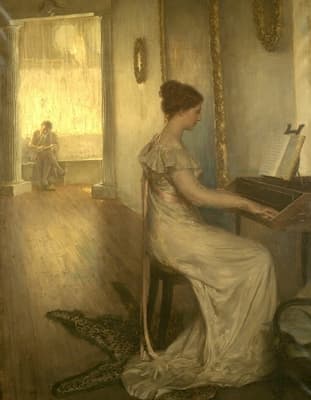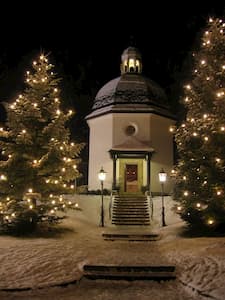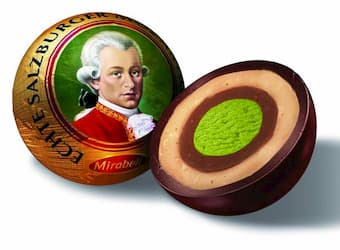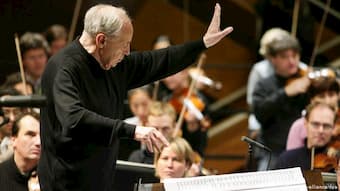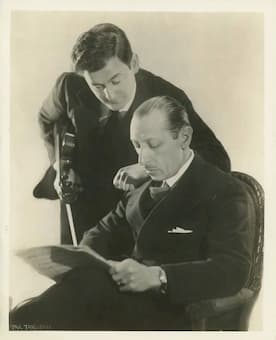There is a wealth of books for pianists and pianophiles, from detailed analyses of repertoire to books on technique and practising, pianists’ memoirs and novels featuring pianists. Here is a brief selection of books to satisfy the pianist and pianophile,
Blogs
We’ve looked at Monumental Beethoven where Beethoven is a presence that overwhelms everything – he’s depicted in statuary all over the world. There’s another type of artwork, however, where Beethoven appears, but not front and center. He’s used as a
The best thing about Christmas, besides getting nice presents and spending quality time with family, is to sing Christmas carols. And one of the most popular carols worldwide is “Silent Night,” a song written in a small village near Salzburg
Music-themed gifts for music lovers and musicians – and not just for Christmas! Aaron Copland: Appalachian Spring: Variations on a Shaker Hymn (London Symphony Orchestra; Walter Susskind, cond.) Mozart Kugeln Mozart ‘balls’ are delicious morsels of pistachio marzipan and praline,
Everyone will have an opinion on this – do you want the traditional German heavy recordings? The new interpretive English opinions? Do you want national orchestras? Idiosyncratic readings that make you hear old warhorses with a new manner of understanding?
Composers are well-known for spending most of their time in solitude, in the quietness of a room, in front of a desk or an instrument. They are often the loners of music. But is composing always a one-person job? Are
16 December 2020: Schubert This concert will be live streamed on the Wigmore Hall website in HD, and all concerts in the Autumn Series will be available on demand for 30 days after the date of the concert. This generous
9 December 2020: Haydn and Beethoven This concert will be live streamed on the Wigmore Hall website in HD, and all concerts in the Autumn Series will be available on demand for 30 days after the date of the concert.


